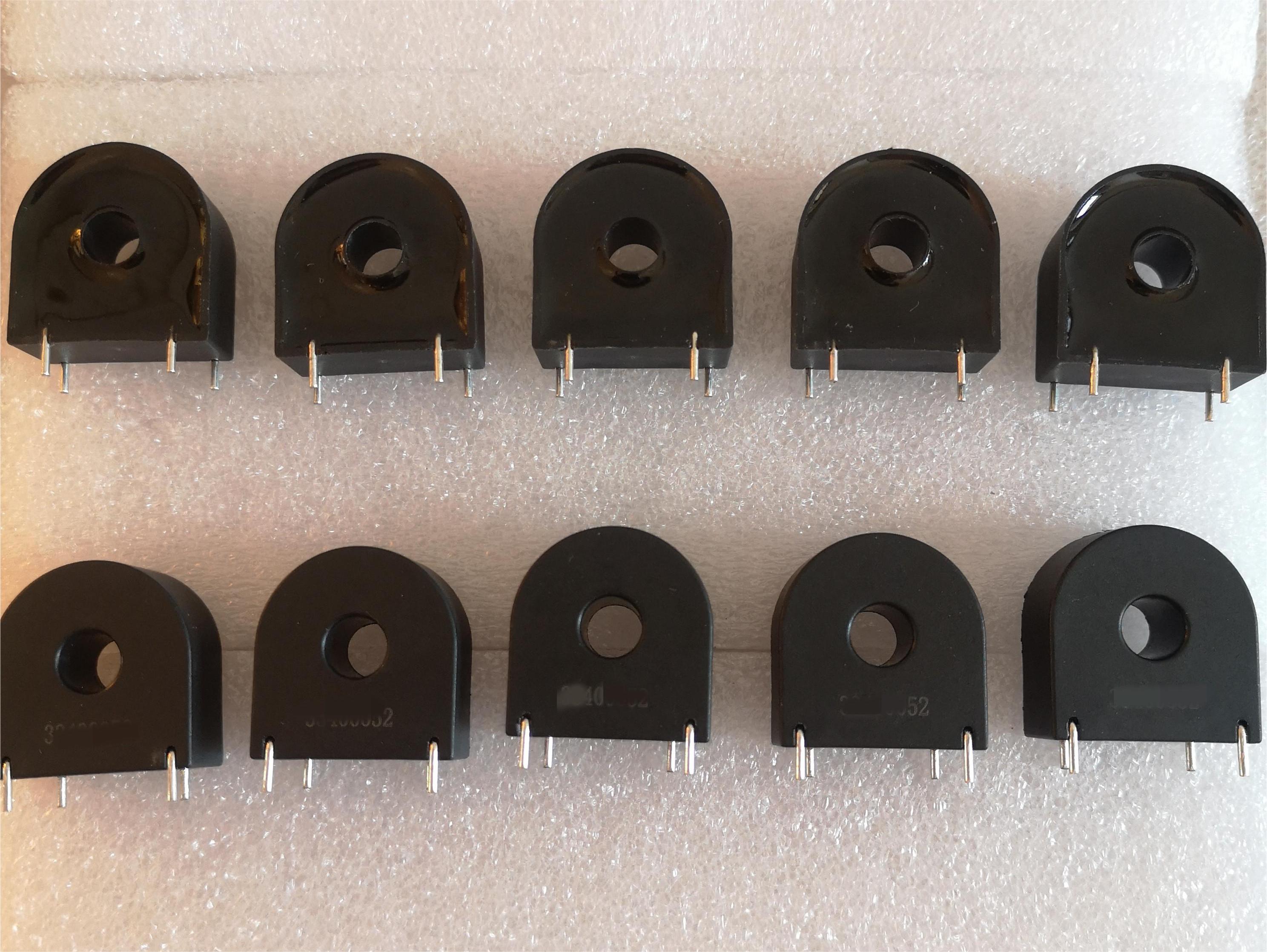Current transformers, often called CTs, are important components in power systems. It plays a vital role in protection and measurement applications, unlike ordinary transformers. In this article, we will explore the differences between CTs and ordinary transformers and learn how CTs are used for protection.
First, let's delve into the differences between CT and conventional transformers. Traditional transformers are primarily designed to transfer electrical energy between circuits by increasing or decreasing voltage levels. Most commonly used in distribution networks, voltage is stepped up for transmission over long distances and voltage is stepped down for consumer use.
In contrast, current transformers are specifically designed to measure or monitor the current flowing in an electrical circuit. It works on the principle of electromagnetic induction, similar to an ordinary transformer. However, the primary winding of a CT consists of a single turn or several turns, allowing it to be connected in series with a current-carrying conductor. This design enables the CT to measure high currents without significant power loss. The secondary winding of a CT is usually rated for a lower voltage, which makes the instrument or protective device safer.
Now, let's move on to the importance of CT in protection applications. CT is widely used in electrical systems to ensure the safety of equipment, circuits and personnel. They play a vital role in detecting faults, overcurrents and abnormal operating conditions. By accurately measuring the current, the CT triggers a protective device that isolates the faulty part from the rest of the system, preventing any further damage.

A common protective device used in conjunction with CTs is a relay. The relay is responsible for monitoring the current value and initiating the opening or closing of the circuit breaker based on predefined settings and conditions. For example, if a short circuit or excessive current occurs, a relay detects this anomaly and sends a trip signal to the circuit breaker. CT ensures that the relay receives an accurate representation of the current flowing through the circuit, resulting in reliable protection.
CTs are also used to measure and monitor electrical parameters. In power systems, it is critical to know the exact amount of current flowing through various circuits. CT enables precise measurements, ensuring efficient power management and balanced loads. These measurements can be used for billing, energy management and preventive maintenance.
Furthermore, CTs are widely used in industrial applications and machinery with large electrical loads. They provide a way to monitor current levels and detect any anomalies, such as motor overloading or voltage drops. By quickly identifying these issues, preventive measures can be taken to avoid costly equipment failure or downtime.
In summary, although both CT and regular transformers work on the principle of electromagnetic induction, they serve different purposes. CTs are designed for current measurement and protection applications. Its unique design enables it to accurately measure high currents while providing a safe, isolated output for instrumentation and protective equipment. Whether detecting faults, ensuring electrical safety or monitoring power consumption, CT plays a vital role in modern electrical systems. Its precise current reading capabilities and reliable performance make it an indispensable component in a variety of industries and applications.
Post time: Oct-26-2023

